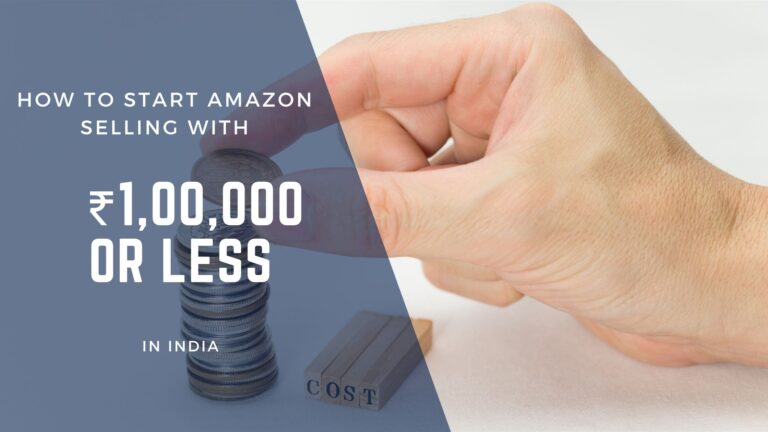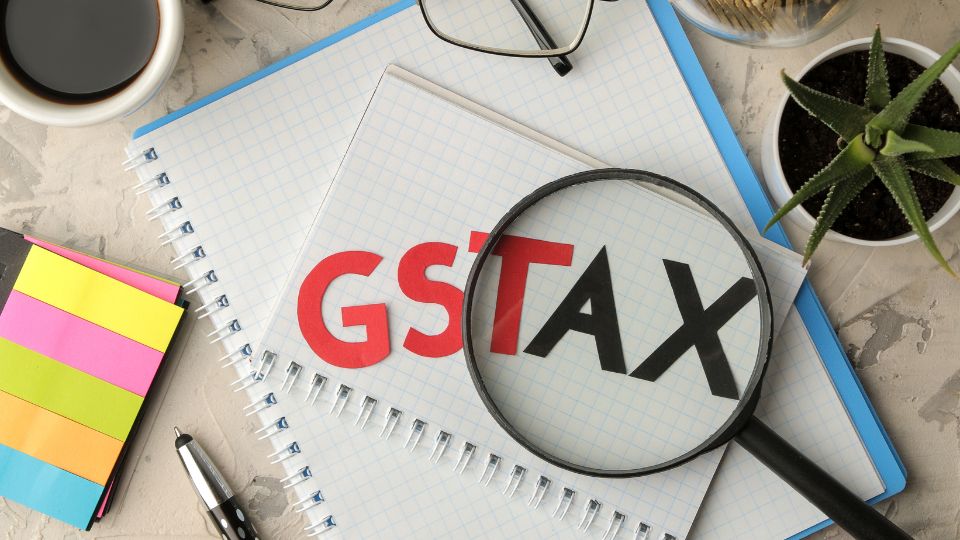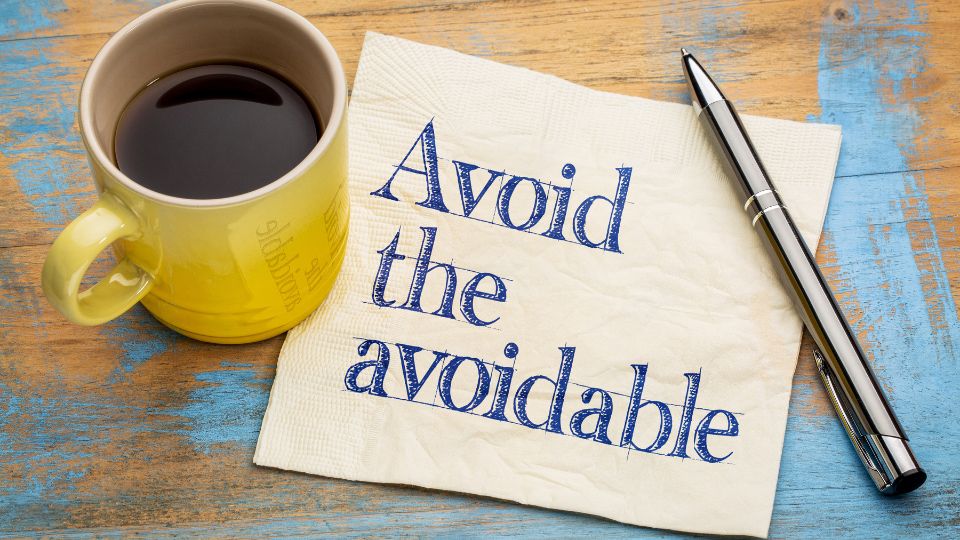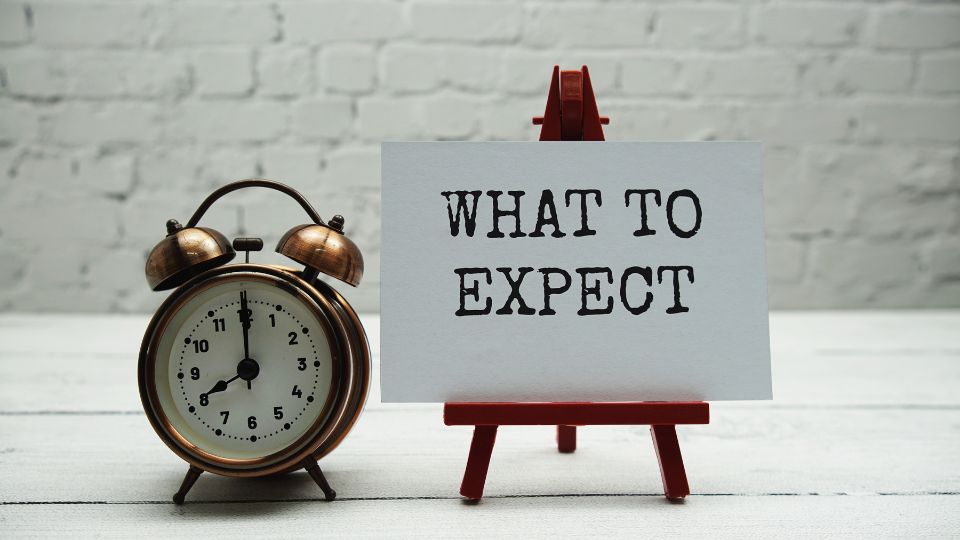Introduction: Turning ₹1 Lakh into an Amazon Startup
When Nisha from Coimbatore decided to start an online business, she didn’t have a big budget or fancy investors behind her. What she had was ₹1 lakh saved from her job, a laptop, and the dream of becoming her own boss. Like many first-time entrepreneurs in India, she wondered if that amount could actually turn into a business. Within six months, Nisha was generating consistent sales from her small line of home décor products—proving that success on Amazon isn’t about starting big, but about starting smart.
If you’ve ever thought about selling online but assumed it required lakhs in capital, this guide will change your perspective. Starting an Amazon business in India with ₹1,00,000 or less is not only possible—it’s one of the smartest ways to enter e-commerce in 2025. The Indian Amazon marketplace has lowered entry barriers and made logistics easier than ever. What matters most is how strategically you plan every rupee.
This step-by-step guide walks you through registration, product selection, marketing, and profit projection—so you can turn your first ₹1 lakh into your own Amazon brand.
Understanding the Amazon India Opportunity
India’s e-commerce revolution is happening in real time, and Amazon is leading the way. Millions of customers across Tier 1, Tier 2, and even Tier 3 cities now prefer to shop online for convenience and variety. The best part? You don’t need a warehouse, staff, or a physical store to join this revolution. All you need is a seller account and a plan.
For beginners researching what type of products you can sell on Amazon, the opportunity is massive. Amazon offers localized support, simple onboarding, and free webinars to help new sellers. The Indian market’s diversity also means there’s room for every niche—whether it’s kitchen tools, beauty accessories, or home storage.
Unlike the US or EU markets, competition in India is still growing rather than saturated. That gives Indian sellers an edge to start small and build sustainable businesses before scaling globally. The marketplace rewards consistency, good customer experience, and steady growth—three things completely within your control, even on a modest ₹1 lakh budget.
Step 1 — Setting Up Your Amazon Seller Account
Your Amazon journey begins with your seller account. Visit sellercentral.amazon.in and click “Register Now.” You’ll need your business name, bank details, PAN, and GST information.
The Amazon seller registration process in India has been simplified over the years, but choosing the right business structure is key. Most beginners start as individuals or proprietors since it’s quick and low-cost.
Once your application is approved, you’ll gain access to the Seller Dashboard — your central hub for managing inventory, listings, pricing, and performance.
Always use your business email ID and ensure that all verification documents match perfectly to prevent any approval delays. You’ll need to fill the onboarding form and the onboarding team will contact you to help you through next steps.
Step 2 — Choosing the Right Product for Low Investment
The secret to success under a ₹1 lakh budget lies in smart product selection. Avoid heavy or fragile items that cut into margins. Instead, focus on lightweight, durable, high-demand products with consistent sales.
Tools like Helium 10 Black Box or Amazon Best Sellers can help you identify profitable niches. Filter for categories where average price is ₹500–₹1000 and competition is moderate—these are ideal for small budgets.
Great starting categories include kitchen tools, home organization, beauty accessories, and stationery. You can also read how to select a winning Amazon product in a saturated market for a more detailed research framework.
Validate your idea by studying reviews and bestseller rankings. When you notice recurring customer complaints (“poor grip,” “cheap packaging”), that’s your chance to differentiate your brand and stand out.
Step 3 — Calculating Startup Costs Under ₹1 Lakh
Here’s the big question: “How much money is needed to start selling on Amazon in India?” The answer—₹1 lakh is more than enough if spent wisely:
- Inventory Purchase: ₹40,000–₹50,000 (200–250 units)
- Branding & Product Images: ₹10,000
- Packaging & Labeling: ₹10,000–₹15,000
- Amazon Fees & Ads: ₹20,000
- Tools, Training & Online Presence: ₹10,000–₹15,000
That totals roughly ₹95,000, leaving a safety buffer. When calculating costs, understand that the Amazon fees and FBA charges depend on product type, weight, and fulfillment method. You pay only when you sell, making it a cash-efficient model.
Step 4 — Registering Your Business & GST
Many beginners ask, “Do I need GST to sell on Amazon India?” The answer is — yes. Even if you’re selling a product worth just ₹10, Amazon requires a valid GST number to list and receive payments for taxable goods.
Register online via gst.gov.in. Once approved, ensure your GST matches your legal business name on Seller Central. This prevents payout delays and compliance issues.
If you’re not ready for a full company setup, begin as a sole proprietor—simple, low-cost, and fully accepted by Amazon India.
Step 5 — Creating and Optimizing Your Amazon Listing
Your product listing is your digital storefront. Since shoppers can’t touch your product, your words and visuals must do all the selling. Start with a clear title using your main keyword, followed by five benefit-driven bullet points.
Use storytelling in your description—explain why you created this product, the problem it solves, and how it helps the buyer. You can study proven listing strategies in this detailed guide to creating eye-catching listings.
Professional images are worth every rupee—clean white backgrounds for the main image, lifestyle shots, and infographics for the rest. Once Brand Registry is complete, add A+ Content and videos to improve conversions and build trust.
Step 6 — Managing Inventory and Fulfillment Options (FBA vs. FBM)
Amazon offers two fulfillment models—FBA (Fulfillment by Amazon) and FBM (Fulfilled by Merchant). For new sellers, the right choice depends on your budget and how much control you want.
With Amazon FBA (Fulfillment by Amazon), Amazon takes care of storage, packing, and shipping, ensuring your customers enjoy fast, reliable Prime delivery — a major trust booster that drives more sales. Though it involves some service fees, FBA saves you from daily logistics hassles and gives your brand a professional edge from day one.
In contrast, FBM (Fulfilled by Merchant) means you handle packing and shipping yourself, which may reduce initial costs but demands more manual work and limits your reach to non-Prime customers. For most new sellers aiming to scale quickly, FBA is the smarter, hands-off choice that helps you focus on marketing and growth while Amazon handles fulfillment.
Step 7 — Marketing and First Sales Strategy
Follow a simple launch plan to build early momentum before spending big on ads. Start by creating a small launch team of friends or early supporters who can help generate your first few sales and honest reviews. Run a few Facebook or Instagram ads to drive traffic and awareness in the first week. Once you’ve gathered some proof of sales and positive feedback, your product gains credibility and starts ranking better. At that stage, turning on Amazon PPC works far more efficiently — helping you scale faster with lower ad costs and higher conversions.
Then start light Amazon PPC with ₹300–₹500 daily. Use auto campaigns to identify high-converting keywords. Learn detailed ad tactics from Mastering Amazon PPC to scale ads profitably without waste.
Outside Amazon, create Instagram and Facebook pages for your brand. Share unboxing videos, user testimonials, and product demos. This builds trust and sends external traffic to your listing—a ranking boost Amazon rewards.
Avoiding Hidden Costs & Common Beginner Mistakes
Amazon’s ecosystem is transparent yet complex. Beginners often underestimate hidden costs like returns, storage, or excessive ad spend. To plan smartly, check out 5 common mistakes new Amazon sellers should avoid.
Returns and damaged inventory eat into profits, so ensure quality control before shipping. Avoid overstocking in FBA warehouses—storage fees add up fast. Use software like Sellerboard or Helium 10 Profits to monitor your cash flow and profitability.
Realistic Profit Projection: What to Expect in First 3 Months
The first 90 days are not about earning lakhs—they’re about learning, optimizing, and reinvesting. Let’s take an example:
If you sell 100 units at ₹500 each, your gross revenue is ₹50,000. After Amazon fees (≈15%), packaging, and shipping, your net is ₹35,000–₹38,000. With a 25–30% margin, you earn ₹12,000–₹15,000. Modest, but valuable proof your business works.
From there, compound your profits by restocking faster and improving listings. Every successful Amazon entrepreneur started small—your ₹1 lakh is the foundation, not the finish line.
FAQ: New Seller Questions Answered
How much money is needed to start selling on Amazon in India?
You can start comfortably with ₹1 lakh covering inventory, branding, and ads. Launch lean and reinvest profits.
Can I start Amazon FBA in India with ₹1 lakh or less?
Yes, especially if you begin with FBM and switch to FBA later—it keeps your costs flexible while building credibility.
What are the steps to register as an Amazon seller in India?
Sign up on Seller Central following these steps, provide PAN, GST (if applicable), and bank details. Once verified, list your first product.
Do I need GST to sell on Amazon India?
The answer is — yes. Even if you’re selling a product worth just ₹10, Amazon requires a valid GST number to list and receive payments for taxable goods.
What are the hidden costs involved in starting an Amazon business?
They include returns, storage fees, ad overspend, and packaging waste. You can track them in an excel sheet.
Conclusion: From ₹1 Lakh to a Thriving Amazon Business
Starting an Amazon business isn’t about luck—it’s about clarity, consistency, and control. ₹1 lakh may not sound like much, but in the right hands, it’s enough to launch a sustainable, scalable brand.
Learn continuously, analyze your data, and reinvest profits into stronger branding and marketing. Every sale, every review, and every lesson builds your momentum. As you grow, explore guides like Boost Your Amazon Business: Advanced SEO Tactics to keep scaling strategically.
Remember, your first ₹1 lakh isn’t just capital—it’s your commitment to freedom. With the right systems and patience, it can become the seed of your long-term e-commerce success.
Start Your Journey Today
If you’re serious about launching your Amazon business this year, don’t wait for “someday.” Start today.
Join our 3 Day Live Workshop to learn how to proceed step by step. The earlier you start, the faster your brand grows beyond Amazon, where we teach product research, listing optimization, and low-cost launch strategies tailored for Indian sellers.
“Start your Amazon journey today — your first ₹1 lakh in sales begins with one listing.”












